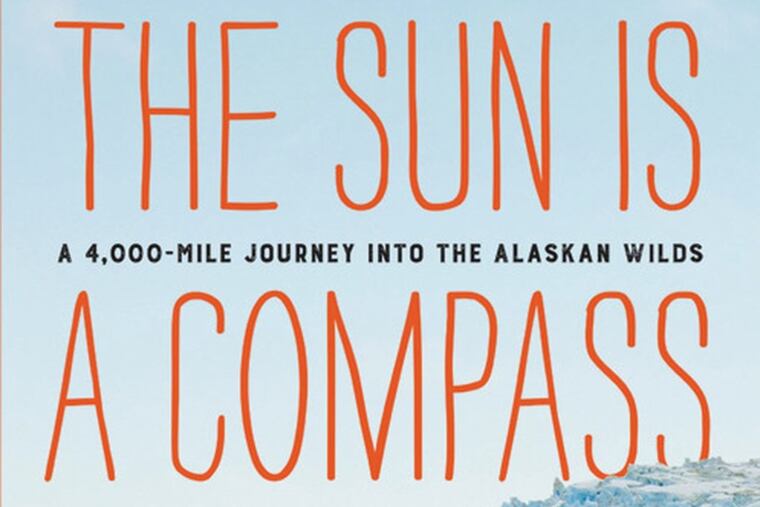‘The Sun Is a Compass’: Recounting a wilderness journey | Book review
Rare is the person with the courage, drive and gifts to travel across 4,000 miles of daunting wilderness. Rarer still is a traveler who has the scientific skills to understand and record what she’s seeing, mile by mile. And rarest of all is the poet-traveler.

The Sun Is a Compass
By Caroline Van Hemert
Little, Brown and Co., 308 pp. $27
Reviewed by Pamela Miller
Rare is the person with the courage, drive, and gifts to travel across 4,000 miles of daunting wilderness. Rarer still is a traveler who has the scientific skills to understand and record what she’s seeing, mile by mile. And rarest of all is the poet-traveler who later writes of it all with wisdom, grace, and passion. That rare writer is Caroline Van Hemert, an ornithologist who, with her husband, Pat, traveled by kayak, skis, and on foot from the Pacific Northwest to Kotzebue, in northwest Alaska, in 2012.
Van Hemert had grown restless during pure lab work, and at age 33 took a break from academia to embark on a great adventure before deciding what to do next in life. Her book is both a fascinating and poetic narrative of a daunting journey in a land of “no soft edges” (accompanied by a great map and lots of color photos), a frank memoir of a young American woman and wife’s most rewarding and difficult moments, and a vicarious odyssey for those of us who dream of such treks, but have neither the will nor skill to have ever made them.
Best of all, it is a reminder of nature’s power and beauty — “observation can guide us to wonder,” Van Hemert writes after illustrating in myriad ways how that is true. It’s also a frank look at the ways in which human activity is affecting the natural world, for better and worse.
Pamela Miller wrote this review for the Minneapolis Star Tribune, where it first appeared.